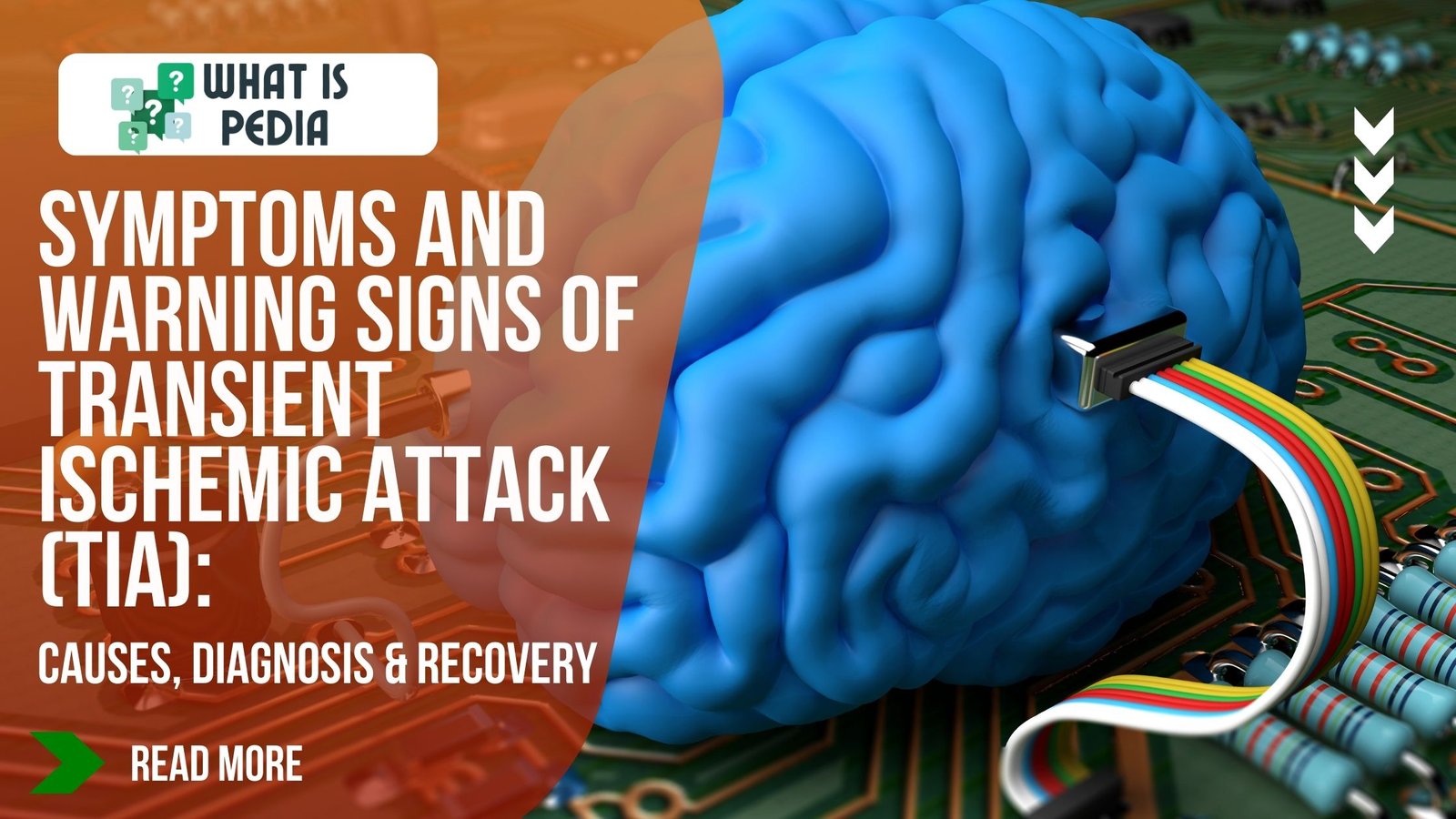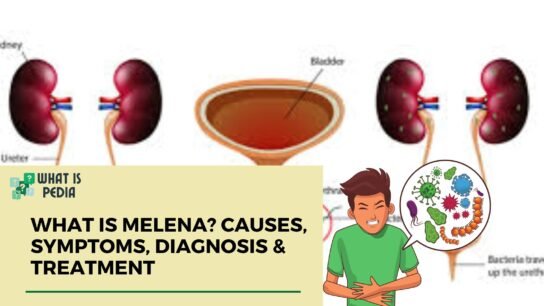1. Introduction
A transient ischemic attack (TIA) is often referred to as a mini-stroke because it presents stroke-like symptoms but does not cause permanent damage. Despite its temporary nature, a TIA is a warning sign that a full-blown stroke may occur in the future. Understanding TIA symptoms is crucial for early intervention and prevention.
In this article, we will explore the symptoms of transient ischemic attack, its causes, risk factors, diagnostic methods, and recovery options. If you or someone you know experiences TIA symptoms, seeking medical attention immediately can be life-saving.
2. What is a Transient Ischemic Attack (TIA)?
A transient ischemic attack (TIA) occurs when there is a temporary blockage of blood flow to the brain, similar to a stroke. However, unlike a stroke, the blockage resolves on its own within minutes to hours, and there is no lasting damage.
T I A in Medical Terms
In medical terminology, TIA stands for transient ischemic attack, where:
- “Transient” means temporary.
- “Ischemic” refers to a lack of blood supply.
- “Attack” indicates a sudden occurrence.
A Transient Ischemic Attack Occurs When:
A TIA occurs when a blood clot or plaque buildup temporarily restricts blood flow in an artery supplying the brain. This can be caused by:
- Atherosclerosis (narrowing of arteries due to plaque buildup).
- Blood clots from the heart or carotid arteries.
- High blood pressure leading to small vessel blockages.
Risk Factors for TIA Stroke Symptoms
Several factors increase the risk of experiencing a TIA:
- High blood pressure
- Diabetes
- High cholesterol
- Smoking
- Obesity and sedentary lifestyle
- Heart diseases like atrial fibrillation
3. Symptoms of Transient Ischemic Attack
3.1 Common TIA Symptoms
The symptoms of a transient ischemic attack appear suddenly and mimic those of a stroke. These may include:
- Sudden weakness or numbness in the face, arms, or legs (often on one side of the body).
- Difficulty speaking or understanding speech (aphasia).
- Blurred vision or sudden vision loss in one or both eyes.
- Dizziness, loss of balance, or lack of coordination.
- Severe headache without any known cause.
3.2 How to Tell If You Had a Mini-Stroke
- If you experience temporary stroke-like symptoms that disappear within minutes to hours, you may have had a mini-stroke.
- How long do TIA symptoms last? They usually last from a few minutes to an hour but should never be ignored.
- TIA Neurological Symptoms: May include memory loss, confusion, and trouble concentrating.
3.3 When to Seek Medical Help
- If you experience any stroke-like symptoms, seek medical attention immediately.
- Even if symptoms go away, a TIA is a warning sign of a future stroke.
- Early diagnosis can help prevent a more severe stroke.
4. Causes and Risk Factors of TIA
- High blood pressure, diabetes, and high cholesterol can contribute to TIA health risks.
- Effects of a stroke on the brain: A TIA increases the likelihood of a future stroke.
- Lifestyle choices: Smoking, poor diet, and lack of exercise increase the risk of transient ischemic attack.
5. Diagnosis and Medical Evaluation
- Doctors diagnose a mini-stroke using MRI, CT scan, and carotid ultrasound.
- TIA vs. Full Stroke: A stroke causes permanent damage, whereas a TIA resolves on its own.
- Blood tests and heart monitoring may help identify underlying causes.
6. Recovery After a Mini-Stroke
- Immediate steps: Seek medical care even if symptoms disappear.
- Lifestyle changes: Healthy diet, regular exercise, and quitting smoking reduce stroke risk.
- Medication: Blood thinners or cholesterol-lowering drugs may be prescribed.
- Tips for preventing another TIA stroke attack: Regular health check-ups, stress management, and controlling chronic conditions like hypertension and diabetes.
7. Conclusion
- Early recognition of TIA symptoms can help prevent a full-blown stroke.
- Seeking immediate medical help is crucial, even if symptoms disappear.
- Managing risk factors like high blood pressure and diabetes is essential for stroke prevention.
Frequently Asked Questions (FAQs)
1. What is the difference between a TIA and a stroke?
A TIA is temporary and does not cause permanent damage, while a stroke leads to lasting brain damage if untreated.
2. How long do TIA symptoms last?
TIA symptoms usually last from a few minutes to an hour, rarely exceeding 24 hours.
3. Can a TIA lead to a stroke?
Yes, a TIA is a warning sign that a stroke could occur in the near future.
4. What are the main causes of a TIA?
The primary causes include high blood pressure, cholesterol buildup, and blood clots.
5. What should I do if I think I had a mini-stroke?
Seek immediate medical attention, even if symptoms disappear.
Previous Blog: What Causes Metabolic Syndrome?
If you found this blog useful, check out our article on What Causes Metabolic Syndrome? to understand another major health condition affecting millions worldwide.







